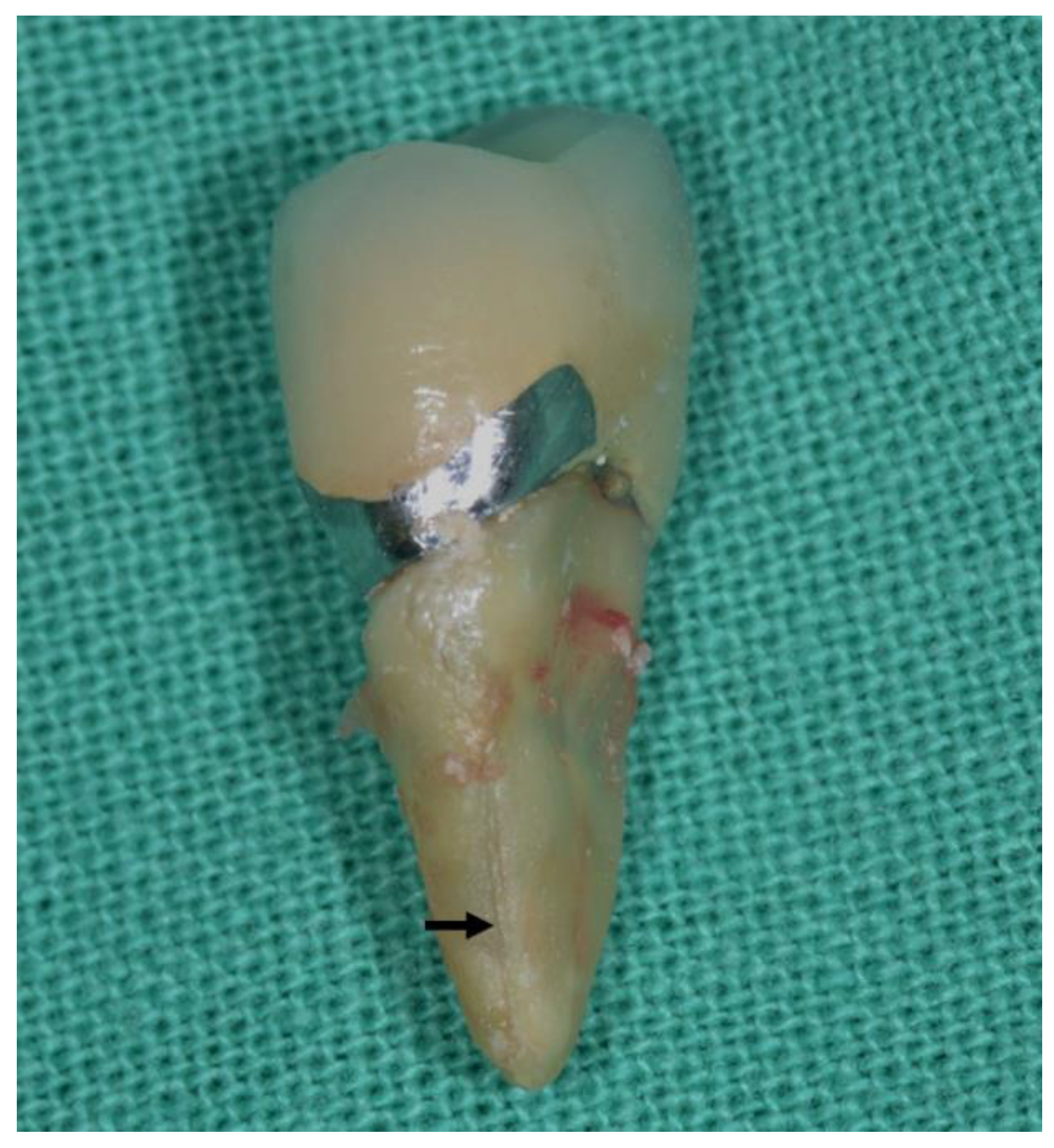
in what direction the relationship goes.Understand relationship between variables with correlation analysisĪ correlation analysis tests the relationship between two continuous variables in terms of For this, a chi-square test can be applied to compare the consumers’ purchasing perception. The chi-square statistic is what compares the size of the difference between the expected and the observed data, given the sample size and the number of variables in the relationship.įor example A marketing company wants to understand how purchasing patterns of luxury cosmetics varied with gender. These tests are often used in hypothesis testing. The difference is that the one-way ANOVA allows you to have more than two categories in your independent variable.Ĭomparing how many cups of coffee people drink per day depending on if they have a low-stress, medium-stress, or high-stress job.Ĭompare predicted and observed quantitative data with Chi-squareĪ chi-square statistic is a test that measures the comparison between the model’s predicted data to the actual observed data. The one-way ANOVA is very similar to the independent samples t-test. To examine if the score of an exam differs in children in highly educated versus uneducated parents.Ī dependent or “paired” samples t-test is used to see the difference or change between two measurement points.įor example: To examine if the job satisfaction of an employee has improved after their boss took a course in “socio-emotional skills” (i.e. To examine if there is a difference in the salary of male and female teachers.2. The independent samples t-test is a method for comparing the mean of one variable between two unrelated groups.ġ. Standard deviation: The dispersion of values from the mean.Ĭompare means to determine significant difference in quantitative dataĬomparing means can compare the mean of interval/ratio (scale) data with a hypothesized value or between different groups and determine if there is any significant difference.

Range: The difference between the lowest and highest value. Measures of variation help to describe the variables further. Median: The value in the absolute middle. The most common types of central tendency are: The central tendency can be defined as measures of the location of the middle in a distribution. Eg., out of 130 employees, 80 (61%) are male and 50 (39%) are female.Ĭlassifies elements distributed according to two variables.įrom the data sample, how many males have a Master’s degree and how many females have a PhD?

To determine the number of males and females in a group.

It gives both the frequency and percentages of elements. It is a simple and useful description of one variable.


 0 kommentar(er)
0 kommentar(er)
